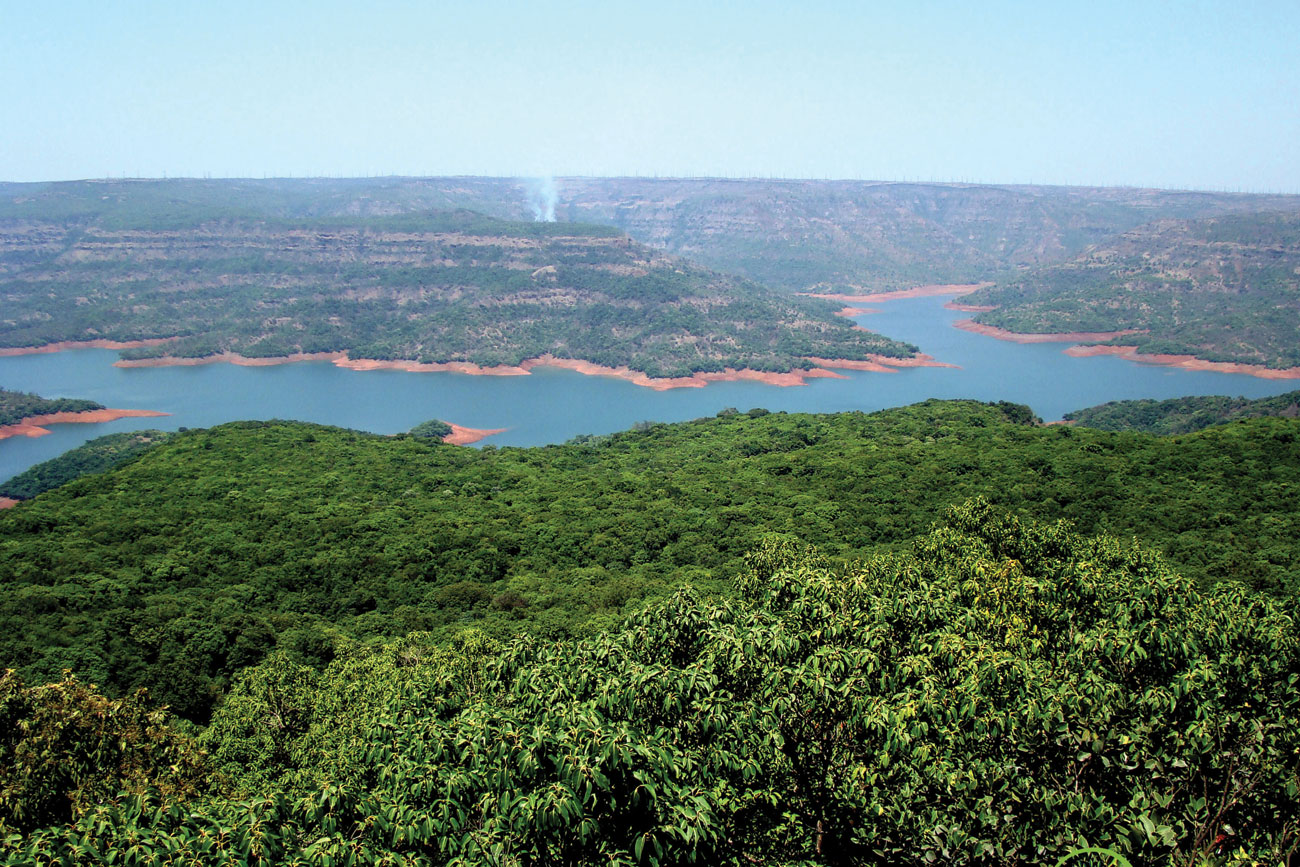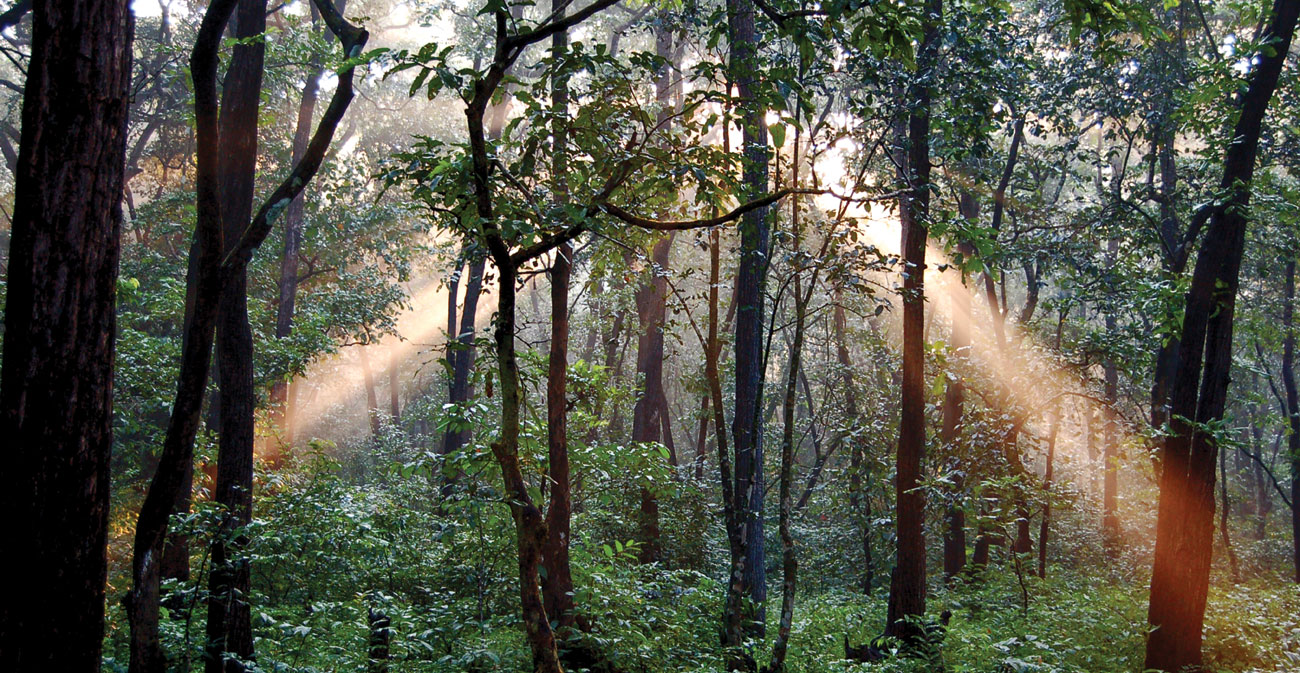Bauxite Mining Threatens World Natural Heritage Sites in Maharashtra
First published in Sanctuary Asia,
Vol. 42
No. 12,
December 2022
By Rohan Bhate (Shah)
With rugged mountains, picturesque valleys and a myriad streams – all harbouring an extraordinary diversity of floral and faunal life, the Sahyadri Tiger Reserve is possibly one of India’s least known tiger reserves. Though parts of the reserve – Koyna, Chandoli, Radhanagari and Sagareshwar, were protected since 1985, it was only in 2008 that the region received tiger reserve status, which included the Chandoli National Park (317.67 sq. km.) and the Koyna Wildlife Sanctuary (423.55 sq. km.). In Sanctuary’s Wild Maharashtra, G. Sai Prakash reminisced about some of his fondest memories while exploring this reserve. He wrote, “If you walk the game trails in Koyna and Chandoli, you will discover that western (montane) subtropical hill forests thrive on the higher ridges above 1,000 m. with stunted and no distinct canopy. Interspersed are large grassy banks so vital to herbivores. This mix defines the Sahyadris and is the source of its exceptional biodiversity. On the lower slopes, dense, southern moist mixed-deciduous forests dominate and the deeper valleys are clothed by west coast semi-evergreen forests, with canopy heights varying from 12 to 20 m., populated by a bewildering variety of plants and animals. Of these, the tiger is undoubtedly the one that catches the most national attention, but the reserve is also blessed by leopards, Indian giant squirrels, mouse deer, pangolins, sloth bears, wild dogs, monitor lizards, pythons and even crocodiles in the Chandoli National Park.”
Not surprisingly, the United Nations declared the Koyna and Radhanagari Wildlife Sanctuaries and the Chandoli National Park as World Heritage Sites.

In 2008 the Sahyadri forests, encompassing the Chandoli National Park and Koyna Wildlife Sanctuary, received tiger reserve status. Photo: Rohan Bhate (Shah).
Any government would be proud of such rich natural wealth and work toward safeguarding it. However, according to recent reports, the Maharashtra state government has written to the Central Government requesting the easing of norms of the Eco-Sensitive Zone in the Western Ghats for exploring bauxite mineral deposits found in the forested mountain plateaus of Kolhapur district. The Department of Mines has estimated that Kolhapur district could contain around 113 million tonnes of bauxite reserves in its lateritic plateaus. Up to eight bauxite mining proposals are in the pipeline awaiting diversion of prime forest land. It is believed that the Central Government’s Trust Advisory Committee may have given a green signal to these proposals by according Stage-I approvals.
Open cast bauxite mining on the proposed mountains threatens the unique floral and faunal biodiversity of sadas or plateaus here. Such mines are pollution-intensive, creating large amounts of waste. Overburden removal from mined areas causes a massive loss of forests and rich top soil. Excavation, top soil stacking and dumping of mine waste leads to land and water degradation, which impacts wildlife as well as local communities. Noise and air pollution from blasting, heavy machinery and vehicle movement will also affect the habitat and wild denizens therein. In particular, it will impede their free movement between the Radhanagari Wildlife Sanctuary and the Chandoli National Park. In fact, bauxite mining threatens the very classification of these World Heritage Sites, and UNESCO could potentially shift their status to ‘red category’.
Scientific studies including camera trapping efforts have confirmed breeding populations of tigers here as well as the movement of tigers from the Kali Tiger Reserve (Anshi, Dandeli and Bhimgad) in Karnataka to the Radhanagari Wildlife Sanctuary and further northwards to Chandoli and Koyna. The proposed mining projects between the Radhanagari Wildlife Sanctuary and Chandoli National Park will impact age-old tiger migration routes. This 80 km. stretch between Radhanagari and Chandoli is now under the management of the Territorial Forest Department. The Government of Maharashtra had recently declared six Conservation Reserves (CR) namely Tillari, Amboli-Dodamarg, Vishalgad-Panahalgad, Ajara-Budhargad, Masai Pathar, and Jor-Jambhali. If the bauxite mining proposals are given a go ahead, all such classifications will mean little for the region.

Exploration for bauxite mining in biodiverse mountainous plateaus seriously threatens the future of the Greater Sahyadri landscape. Photo: Rohan Bhate (Shah).
Bauxite mining has been shown to cause habitat destruction, soil erosion, biodiversity loss and pollution. While mining for bauxite is not a new threat in western Maharashtra, where 33 bauxite mining projects have been in operation including 16 in Kolhapur, the new request for further exploration in the mountainous plateaus seriously threatens the efforts of locals, NGOs, administrators and conservationists to safeguard the Greater Sahyadri landscape. These forests are home to roughly one-third of all the plants, half of the reptiles and three-fourth of the amphibians found in India, many of which are endemic to this region. That is the true wealth of the state that the government should be protecting, not destroying.



